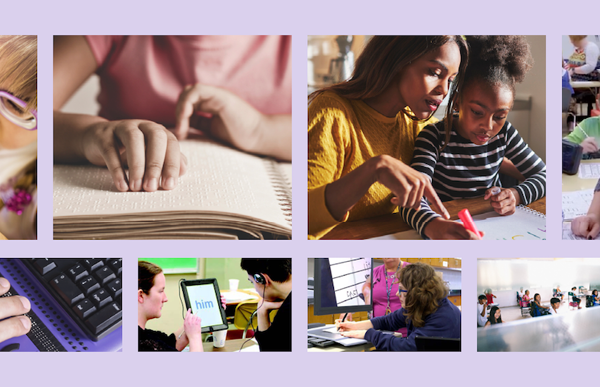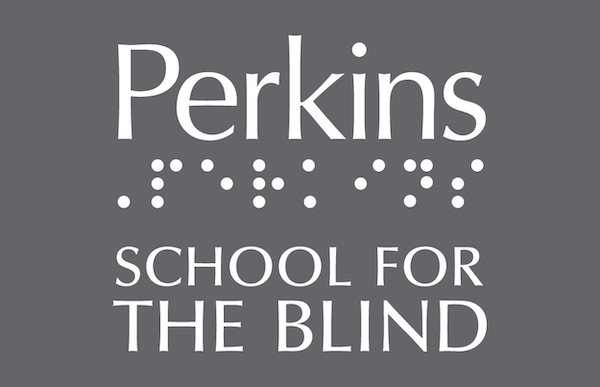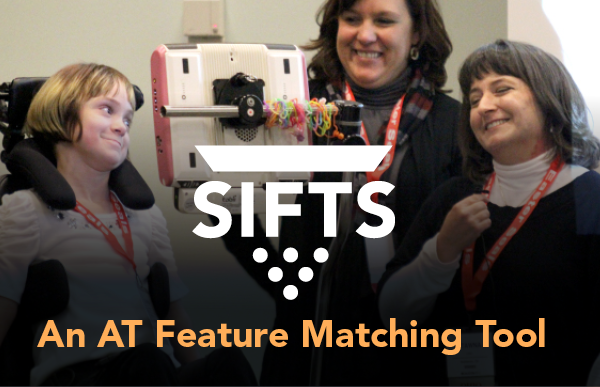Ohio Guidelines for Working with Students who are Blind or Visually Impaired
Specialized Assessments
The following evaluation tools may be utilized to evaluate a learner with a visual impairment:
Functional Vision Assessment (FVA)
As a part of the initial evaluation, the TVI conducts an FVA to analyze how a learner performs visually in a variety of environments, both familiar and unfamiliar. The FVA includes a functional evaluation of peripheral fields; color and contrast discrimination; light sensitivity and preference; visual motility; near and distance acuity and discrimination, with recommendations for instruction and accommodations. Input from a COMS, as part of the FVA, may include recommendations concerning the need for instructional services for current and future mobility needs. The FVA should be conducted prior to other assessments so that other team members are able to consider visual factors before conducting their assessments.
Clinical Low-vision Evaluation
Results of the FVA may indicate the need for a clinical low-vision evaluation. An eye care specialist (e.g., optometrist, ophthalmologist, or certified low-vision therapist (CLVT) with specialized training in low vision may conduct a clinical low-vision evaluation and prescribe low-vision devices, as needed. Results of a clinical low-vision evaluation will yield information that will enable the specialist to make recommendations to the team regarding appropriate low-vision devices and suggestions for how to accommodate for lighting, glare, and contrast.
Learning Media Assessment (LMA)
The LMA may be conducted to determine if specific visual, tactual, and/or auditory learning media are appropriate for a learner. A TVI should conduct this assessment.
The goals of the LMA are to examine:
- Efficiency in terms of how the student gathers information from various sensory channels,
- Types of general learning media the student uses, or will use, to accomplish learning tasks, and
- The literacy media the student will use for reading and writing (Koenig & Holbrook, 1995).
Once an LMA has been conducted and the team has made a determination about the appropriateness of print and braille instruction, for learners who qualify for services as students with visual impairments, the IEP form Children With Visual Impairment has to be completed specifying one or more reading and writing media in which instruction is appropriate to meet their educational needs as part of the IEP process. Based on the evaluation results, IEP goals are written to support the student’s best learning media. When braille is the chosen mode of access, direct instruction from a TVI is essential for a learner to be able to engage in braille literacy.
Braille instruction is considered based on the learner’s individual needs. Learners for whom braille is identified as the medium for instruction, benefit from systematic and regular instruction from knowledgeable and appropriately trained personnel without delay. To maximize a learner’s full literacy potential, teams should recognize that braille literacy is comparable to print literacy; that is, students with vision loss require comparable levels of literacy instruction using braille as their typically sighted peers do who are using print. For more information on the LMA check out the webinar Learning Media Assessment: An Introduction.
Cortical/Cerebral Vision (CVI)
Assessment for children with CVI includes examining visual behaviors and characteristics and their impact on how information is processed. Results are used to create opportunities throughout a student’s day, across learning environments, to support visual development.
Assistive Technology (AT)
The team should conduct an AT feature-matching process to identify appropriate AT devices and services for the student. During this process, the student’s needs, environments, and tasks are determined prior to identifying specific features of AT equipment or tools. The Student Inventory for Technology Support (SIFTS), developed by the Assistive Technology and Accessible Educational Materials (AT&AEM) Center at OCALI, is a tool to assist teams in matching a student’s needs with AT features. Once the AT features have been identified, equipment trials should be conducted to determine the effectiveness of each AT device considered.



